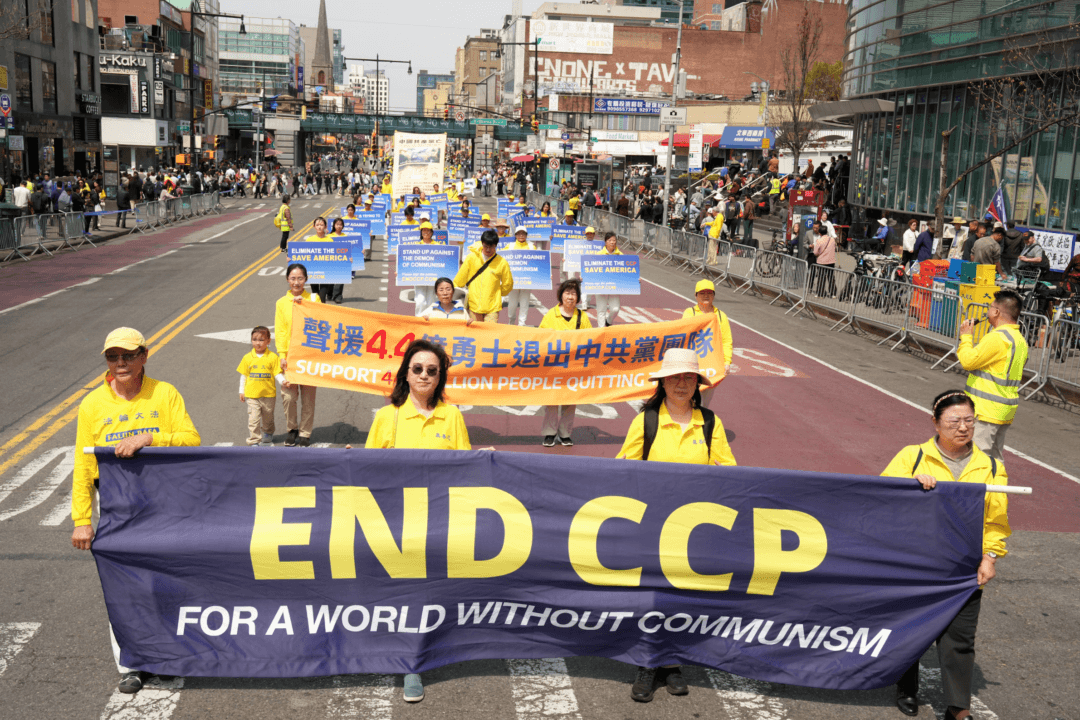The Metropolitan Transportation Authority and unions representing 5,400 Long Island Railroad workers are set to resume negotiations. Eight unions have been without a contract for four years and had voted to strike on July 20 if they have not reached a settlement by then. LIRR is mostly a commuter railroad, serving 300,000 daily riders.
At the prompting of Governor Andrew Cuomo, MTA stated, they are working to negotiate a settlement. “We have asked the LIRR unions to resume negotiations immediately.”
Until Wednesday, Cuomo had distanced himself from the contract dispute with LIRR workers despite having gotten involved in the subway and bus workers’ contract settlement. Cuomo instead referred MTA to Congress, and federal lawmakers said not to expect intervention from the federal level.
“The unions never wanted to leave the table,” wrote Anthony Simon, who represents one of the biggest unions.
Eleventh Hour Deal Likely
Ken Margolies, senior associate at the School of Industrial and Labor Relations at Cornell University, says at this point a strike and a settlement are both still likely outcomes.
“[P]eople should remember that labor negotiations usually go right to the deadline before settling,” wrote Margolies, who was a former representative of several unions.
In a statement, Margolies said the possibility of a two-tiered system for the workers is probably key in why the unions are holding out, and the two Presidential Board decisions favoring the unions over MTA could justify the rationale. The dollar amounts of each sides’ proposals are not that much different at this point, he added.
“Two tier agreements have been used to resolve bargaining disputes since the 1980s because it appears to be a good way to reduce costs to the employer without affecting a union’s current members,” Margolies wrote. “With so many years of experience with two tier agreements, unions now know that agreeing to them is a recipe for disunity.”





